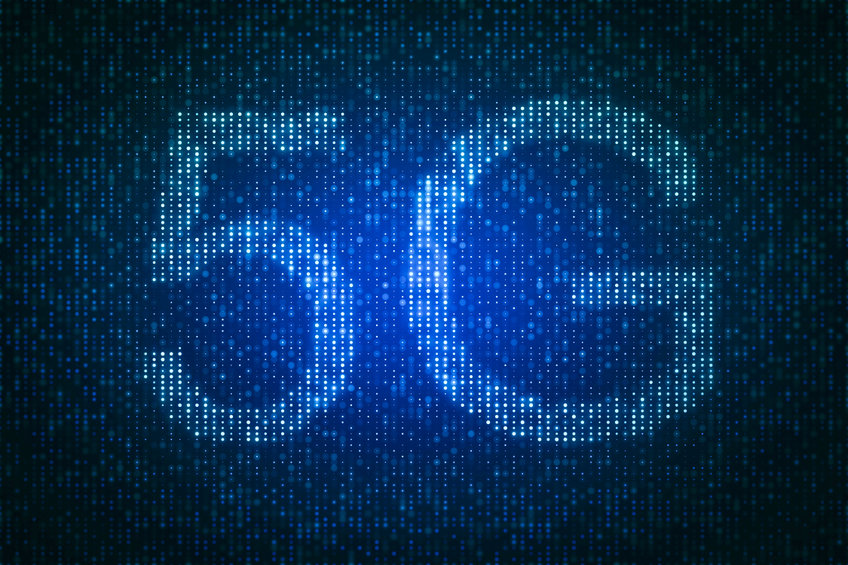Multi-link capability is one of the core aspects of Wi-Fi 7, according to Qualcomm’s VP and GM of Mobile and Compute Connectivity
There are several proposed features for the Wi-Fi 7 (802.11be) standard, many of which offer direct enhancements over Wi-Fi 6 (802.11ax), promising even faster speeds and higher throughput. These enhancements include support of 320 MHz transmissions, double the 160 MHz of 802.11ax, the use of higher modulation orders, and the subject of this article: multi-link aggregation and operation, which will deliver higher spectrum and power efficiency, better interference mitigations. , higher capacity density and higher cost efficiency.
In a previous conversation with RCR Wireless News, Qualcomm’s Vice President and General Manager of Mobile and Compute Connectivity Dino Bekis referred to multi-link capability as one of the core aspects of Wi-Fi 7 and suggested thinking of multi-link for Wi-Fi 7 as similar to how channel aggregation works in cellular networks.
“We’re using two radios to create a coordinated link across multiple spectrum bands, so this can operators across 2.4, 5 or 6 GHz,” he said, adding that this leads to “huge” latency and throughput gains.
More broadly, multi-link means supporting and utilizing multiple channels, and in the case of Wi-Fi, these channels include the 2.4 GHz low band and the 5 and 6 GHz high bands, resulting in a bandwidth gain of 320 megahertz.
High-band multi-link
High-band multi-link, in which a device alternates between just the 5 and 6 GHz high bands, will result in the highest performance as these high bands offer better capacity, higher peak speeds and lower congestion compared to multi-link operation that includes the lower 2.4 GHz band.
In April 2020, the United States Federal Communications Commission (FCC) approved opening up the entire 6 GHz frequency band for unlicensed use by Wi-Fi 6 technology, a decision many called monumental and historic. Many countries have followed suit, either opening up the entire band like the US or allocating part of the band to Wi-Fi like in the UK and South Korea.
These regions, then, will be able to get the most out of high-band multi-link in Wi-Fi 7 because they have the entire or nearly the entire 320 megahertz of bandwidth to work with.
But what about those regions that have no plans to open up the 6 GHz band for unlicensed Wi-Fi use, like China?
High-band simultaneous multi-link
According to Andy Davidson, senior director of Technology Planning at Qualcomm, hig-band simultaneous multi-link, in which the device uses each band as it becomes available and can operate on both simultaneously, can provide wider channels by aggregating two available channels.
For example, a 320 MHz effective channel can be created by combining two 160 MHz channels in the high bands. In China, specifically, Davidson explained in his blog post, that high-band simultaneous multi-link enables a 240 MHz effective channel. This, he wrote, makes it possible to deliver the Extremely High Throughput promise of Wi-Fi 7, even without the 6 GHz spectrum allocation.

For Bekis, multi-band is just one piece of a much larger story that makes Wi-Fi 7 important.
“I do believe Wi-Fi 7 can deliver a fundamental shift in terms of what people can expect,” he said, offering gaming applications as an example of just how significant the difference will be: “With Wi-Fi 7 [online gaming] can indistinguishable now over Wi-Fi to the experience you have on a console. ”
IEEE plans to publish the 802.11be amendment sometime in 2024, with commercial deployment occurring around the same time. Then, just like Wi-Fi 6 and 6E, the Wi-Fi Alliance will release its Wi-Fi 7 certification program to ensure interoperability and security standards.












